Your cart is empty
Explore our collectionsAglaonema China Valentine
Original price was: ₹ 599.₹ 249Current price is: ₹ 249.
The Aglaonema China Valentine plant is a beautiful houseplant popular for allure abundant green leaves, highlighted by accompanying shades of pink and silver hues. This plant is perfect for enlivening up household rooms accompanying allure appealing leaves. It is smooth to claim, succeeds in reduced-light environments, and purifies the air, making it a superior choice for residences and departments.
Dimensions:
Width: Up to 20 cm
Height: Up to 24 cm
Guaranteed refund if damaged. Learn more.
*Nursery pot included; will be shipped with pot.
Beginner Level
— Easy to care
— Thrives in sandy soil
Twice in a Week in Summer (High temperatures ranging from 30 to 45 degrees Celsius)
Once in a Two Week in Winter (low temperatures dropping below 10 degrees Celsius)
— Water the plant only once the topsoil has dried
— Thrives in humid condition
Medium Indirect Light
— The plant thrives best in spots with partial shade and some morning sunlight
— Make sure it gets shelter from the sun in the afternoon for its healthiest growth
Aglaonema China Valentine plant
The Aglaonema China Valentine plant is a standard decorative household plant appreciated for allure singular, pink-silver, diversified leaves. It blossoms in miscellaneous environments, making it ideal for homes and offices. Beyond allure and ocular appeal, it helps raise air characteristics by advancing a more active household environment. It is a superior choice for those who want a throbbing, still, hassle-free houseplant.
How to Care for Your Aglaonema China Valentine Plant?
The easy care guidelines for your Aglaonema plant are as follows:
- Soil
Use a well-draining but nutrient-rich soil for the healthy growth of your Aglaonema plant. The soil, when holding excessive water content, may lead to root rot. - Water
Water the Aglaonema China Valentine plant when the top inch of soil feels dry. Overwatering can cause root rot, so guarantee correct seepage and eliminate consistent watering before it is developed properly. - Light Requirements
This plant develops in roundabout, sunny light but can readjust to light-reduced environments. It requires 5 to 6 hours of partial light throughout the day for proper development. Avoid direct light throughout the day for your Aglaonema, as it can burn the sensitive leaves. - Temperature and Humidity
Your Aglonema prefers temperatures between the ranges of 18°C and 30°C. It grows well in moderate to high humidity, and hence, you must place it in areas accordingly. Further, to maintain humidity, mist the plant seldom or place it with a humidifier. - Fertilizer
Feed the Aglaonema China Valentine plant accompanying an equalized dry or liquid manure every 2-4 weeks, all the while in the growing season. Avoid fertilizing in the cold when the tumor drops below. Further, ensure good air distribution throughout the plant to prevent fungal contamination. - Pest
Check the leaves of your Aglaonema frequently for pests like larcenist mites and mealybugs. Wipe the leaves accompanying a wet fabric or use a gentle insecticidal cleanser to maintain the plant bug-free and healthy at your place. - Pruning and Maintenance
Remove yellow or broken leaves of Aglaonema to strengthen new development. Light trimming helps assert the plant’s shape and forestalls overcrowding. You may have to repot Aglaonema every 2-3 years or when the roots outgrow the pot.
Key Features and Benefits of Aglaonema China Valentine Plant
The top features and advantages of this plant are not limited to the following:
- Unique looks
This plant is prominent, accompanying allure colorful pink-silver iridescence, adding a splash of color to your place. Its broad, shiny leaves devise a beautiful and noticeable display, making it a rightful addition to your gardens. - Beginner-Friendly
This Aglaonema plant is perfect for learners as it demands the slightest care. It adapts well to various light environments and needs only irregular dampening. With correct care, this plant remains overgrown and colorful with age. Its slow progress makes it a perfect complete household friend. - Vastu Importance
According to Vastu, the Aglaonema China Valentine plant causes helpful strength and unity. Placing it inside can embellish welfare and engage a stroke of luck for you. - Air Purification
The plant filters poisons like chemical compounds and benzene, improving the household air quality. It is donated to newer and healthier living surroundings.
So, whether you are a novice or an experienced plant admirer, the Aglaonema China Valentine plant adds a lively, rejuvenating touch to any household scene. It is easy to ensure the easy care for your Aglaonema with the simple steps. Not to be missed is its abundance of unique features and advantages for the rightful addition to your home or office.
FAQs
Q. Can the Aglaonema China Valentine live in cold rooms?
A. Yes, but guarantee moderate moisture to prevent leaf aridity.
Q. How long will it take for my Aglaonema China Valentine to evolve?
A. It evolves moderately, but with accompanying care, it will boom over a period.
Q. Why are the leaves on my Aglaonema China Valentine curving dark?
A. It could be on account of underwatering, reduced humidity, or excessive direct sunlight.
Only logged in customers who have purchased this product may leave a review.
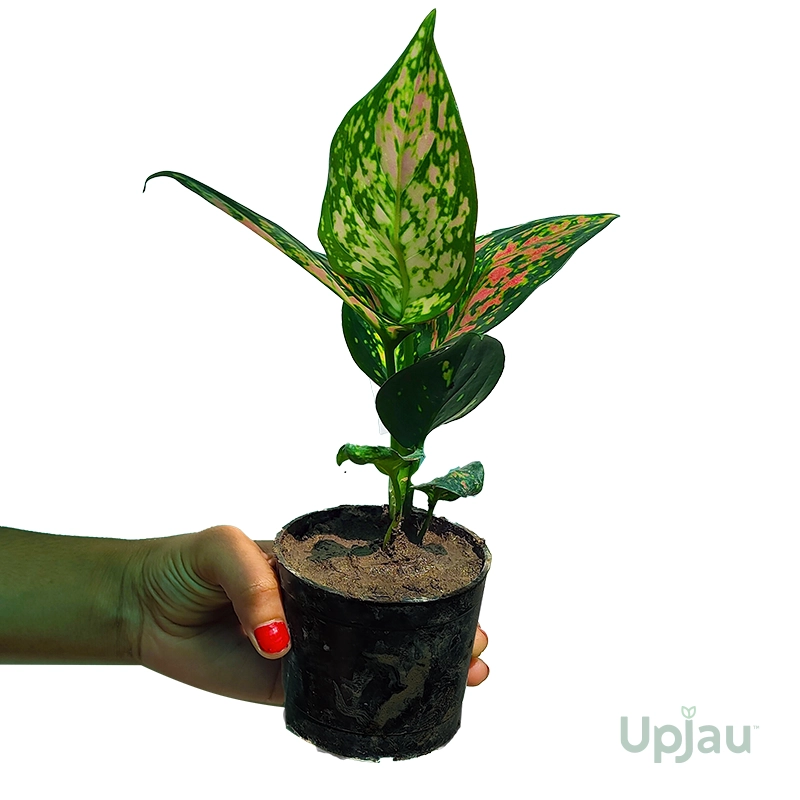
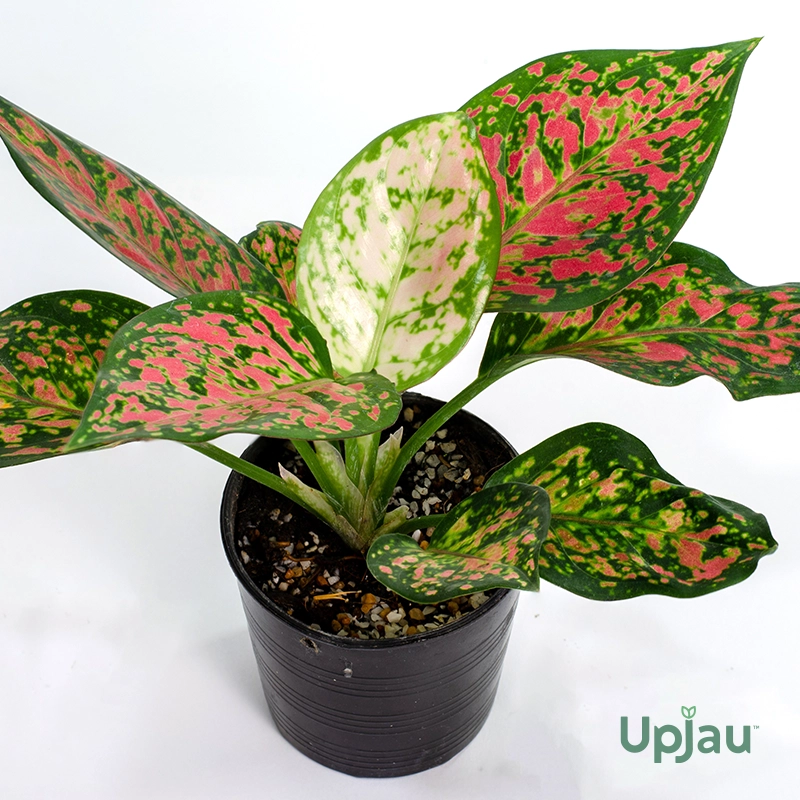


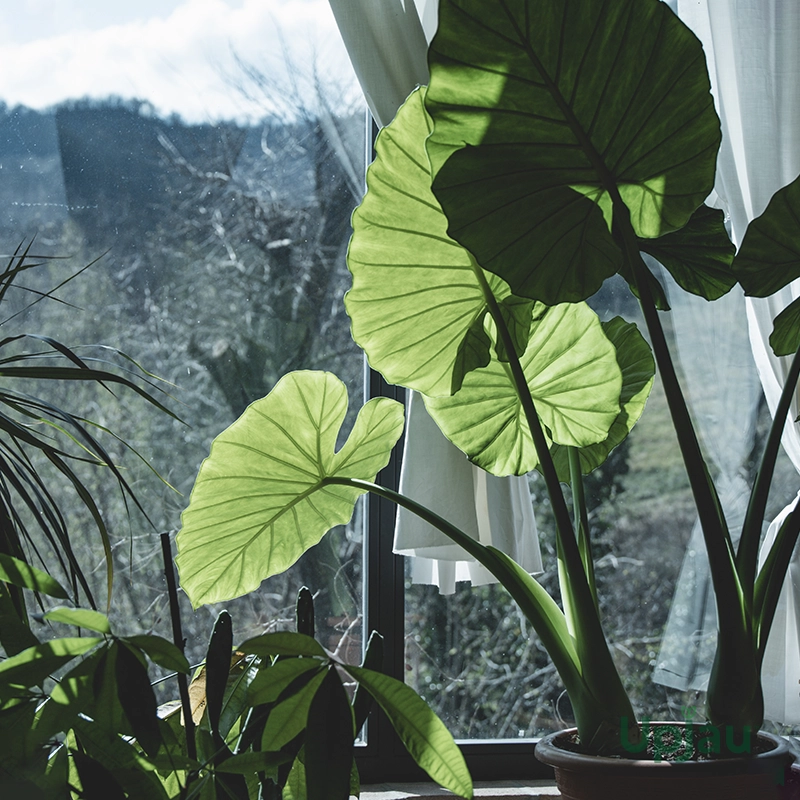
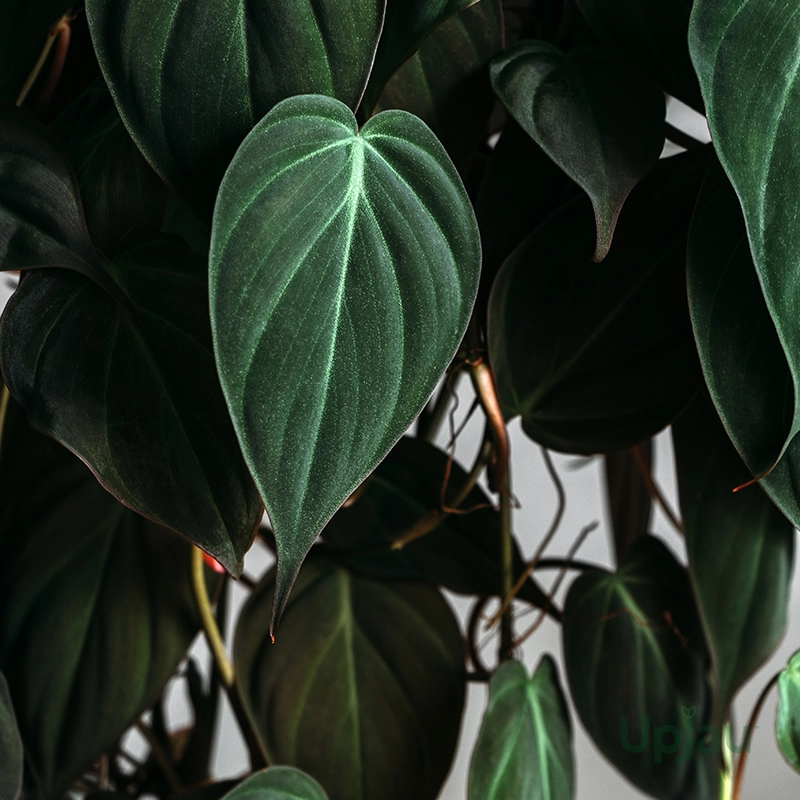
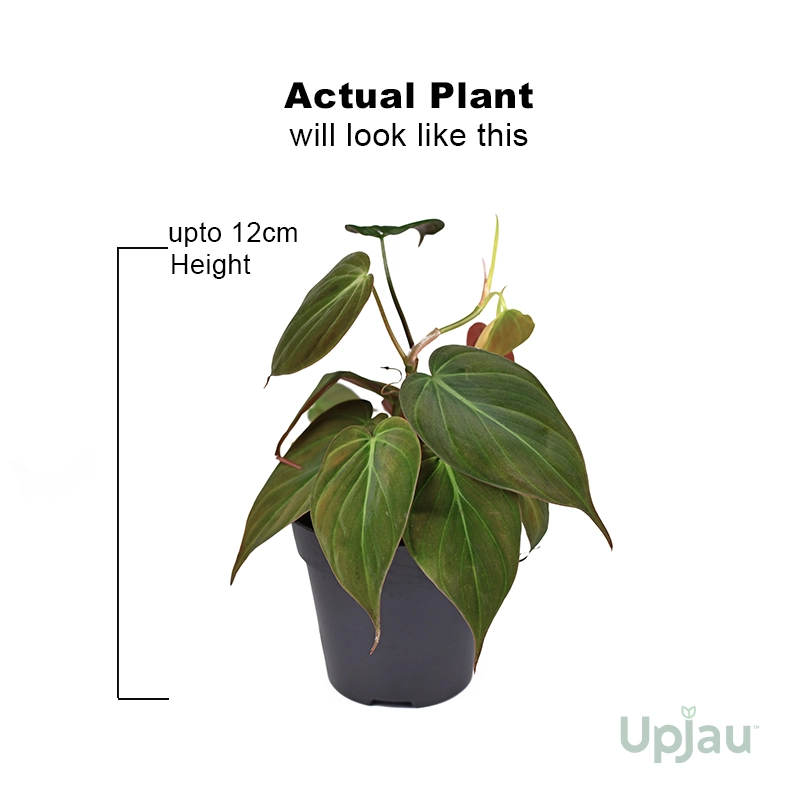


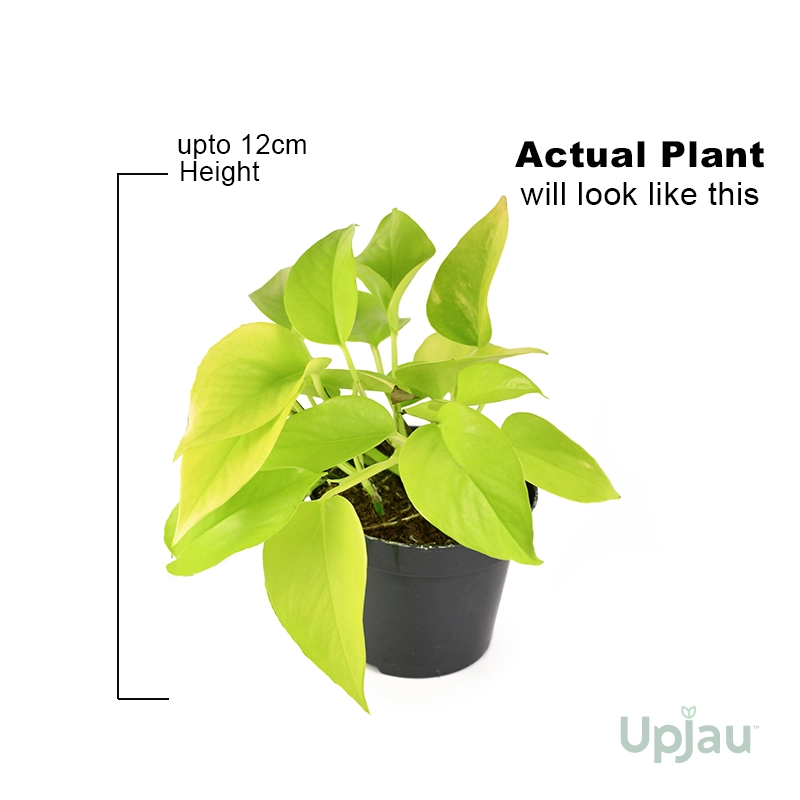
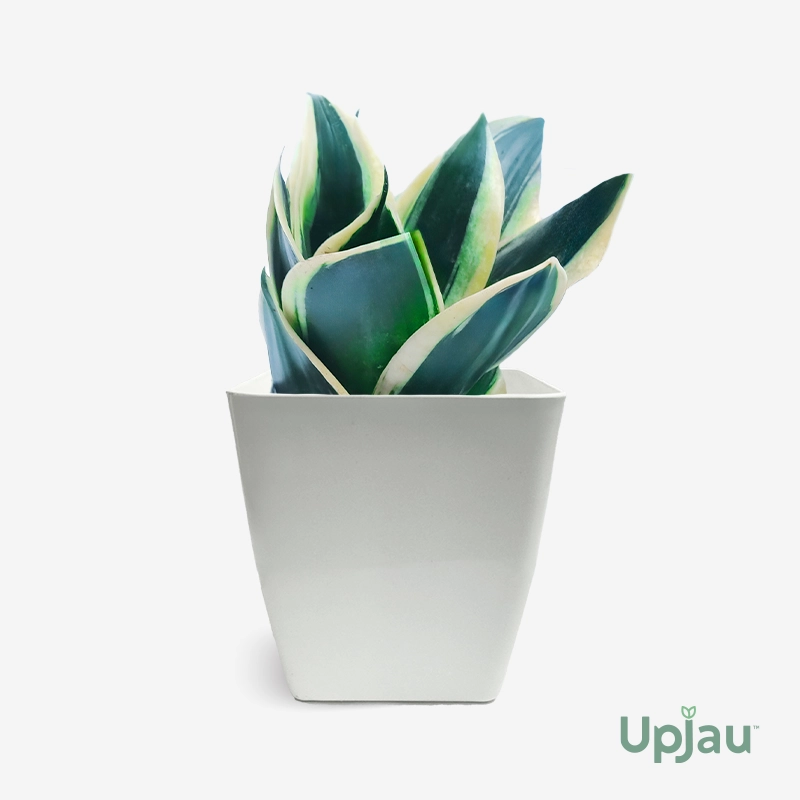








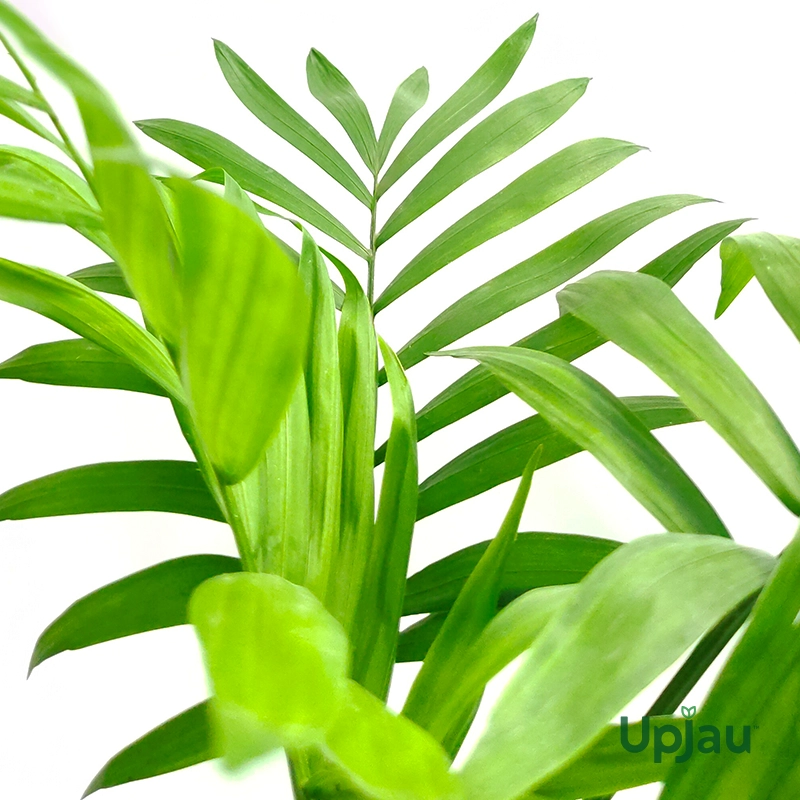
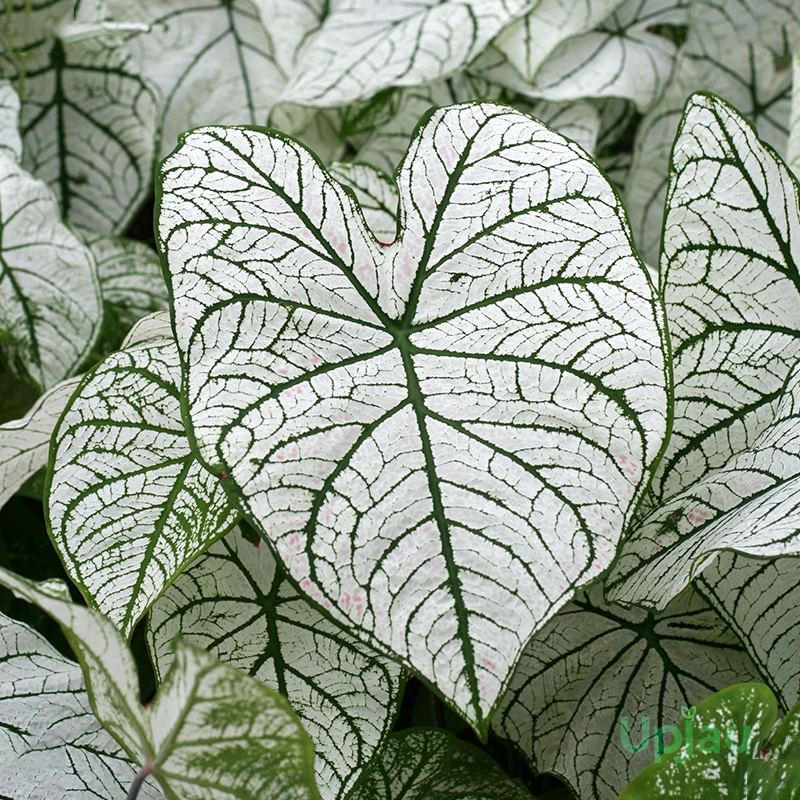
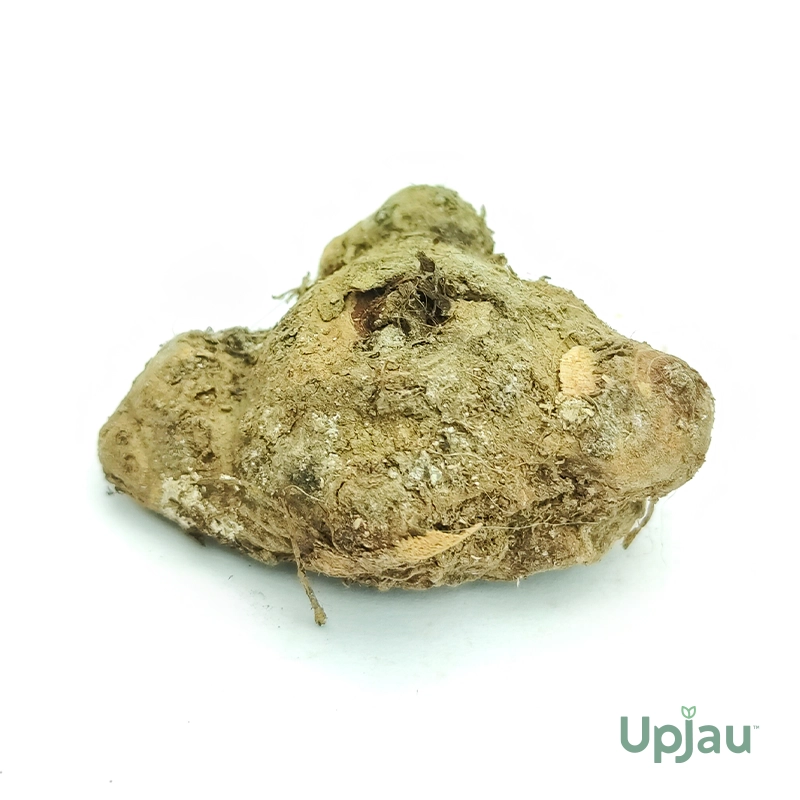


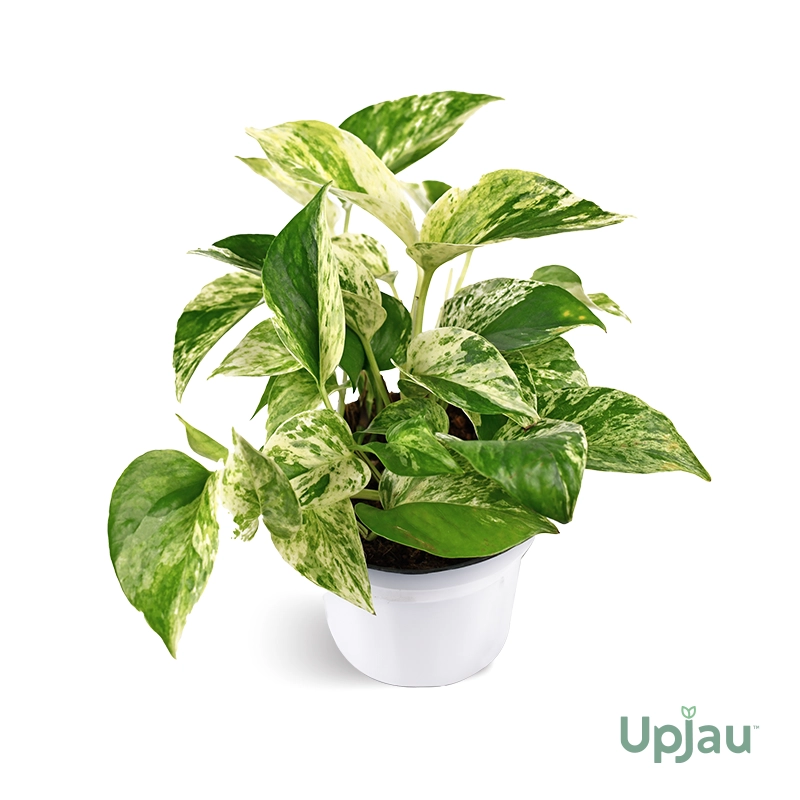
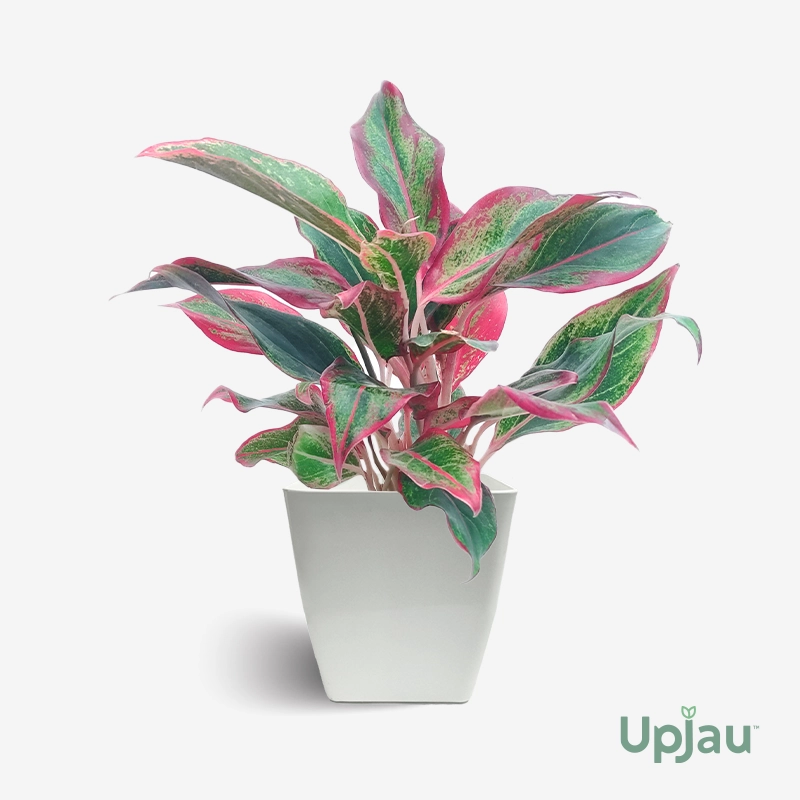

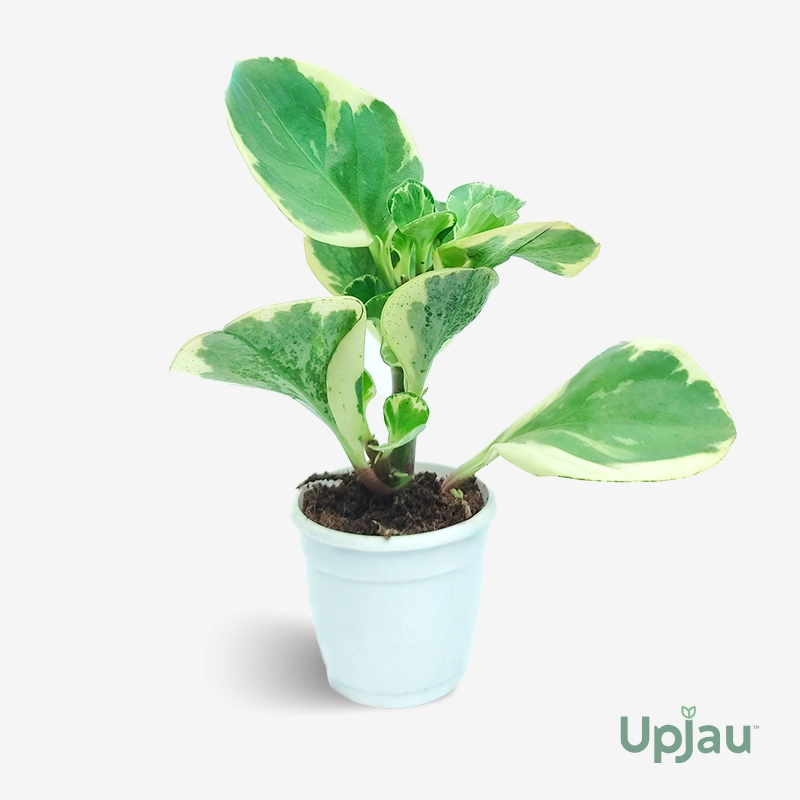
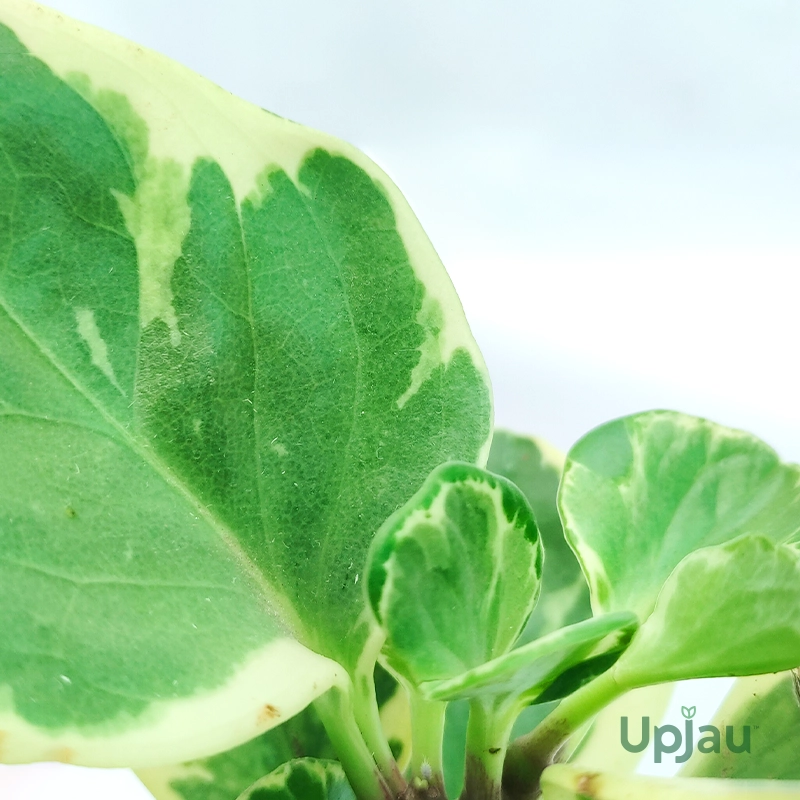

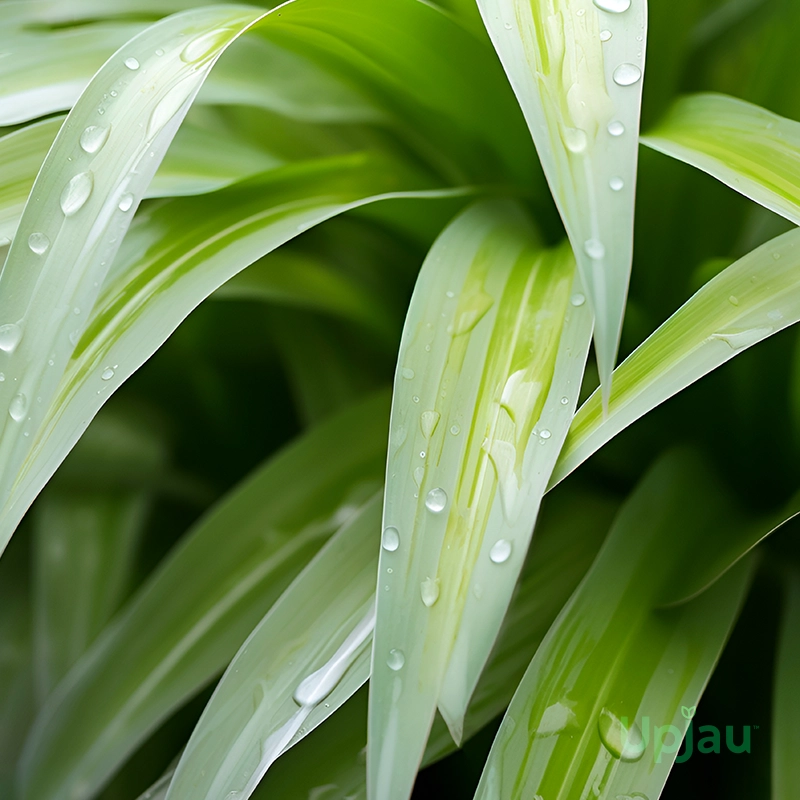

Reviews
There are no reviews yet.